Whether protecting your home or securing a business, choosing the right security camera makes all the difference. Dome and bullet cameras are popular choices, but each shines in specific situations. How do you know which one is best for your needs?
This guide breaks down the key features, benefits, and ideal uses of dome and bullet cameras to help you decide.

What are Dome Security Cameras?
Imagine a sleek, unobtrusive hemisphere mounted on your ceiling – that's a dome camera. True to their name, dome cameras feature a rounded design housed under a transparent dome cover. This cover protects the camera and cleverly hides its exact viewing direction.
Key Advantages of Dome Cameras:
-
Discreet Surveillance: Their subtle design blends smoothly into modern ceilings and walls, making them less obvious to potential intruders.
-
Vandal Resistance: The tough, curved housing makes it difficult to physically damage the lens or forcefully adjust where it's pointing.
-
Wider Field of View: Many dome cameras offer a broad viewing angle, ideal for covering larger indoor areas with fewer blind spots.
-
Versatile Installation: They can often be recessed into ceilings for a flush look or surface-mounted.
What are Bullet Security Cameras?
Bullet cameras have a distinct, cylindrical shape that protrudes outwards. Their design clearly shows where they are pointed, often acting as a visible deterrent. Built for the outdoors, they excel in long-range viewing and precise monitoring.
Key Advantages of Bullet Cameras:
-
Long-Range Vision: Designed to capture clear details over greater distances, perfect for driveways, parking lots, or property perimeters.
-
Visible Deterrent: Their prominent appearance signals active security, potentially discouraging crime before it happens.
-
Superior Weather Resistance: Engineered for harsh conditions, bullet cameras typically boast high IP ratings, offering excellent protection against rain, dust, and wind. Features like built-in sunshields are common.
-
High-Definition Detail: Often equipped with powerful lenses and image processing, they deliver sharp, detailed footage, especially important for identifying subjects at a distance.
-
Strong Night Vision: Frequently incorporate powerful infrared (IR) LEDs for clear images in complete darkness.
Dome Camera vs. Bullet Camera: Key Differences
| Feature | Dome Camera | Bullet Camera |
|---|---|---|
| Appearance | Sleek, hemispherical, discreet. Blends in. | Cylindrical, prominent. Visible deterrent. |
| Field of View | Typically wider angle, better for broad coverage. Often feature pan/tilt/zoom (PTZ) capabilities. | Narrower, more focused view. Excels at long-distance detail. |
| Lens Options | Often include varifocal lenses or PTZ for flexibility. | Frequently equipped with fixed or varifocal lenses optimized for long-range clarity and powerful IR night vision. |
| Durability | Vandal-resistant due to curved housing. Generally lower weatherproofing (IP rating); may need extra housing outdoors. | Highly weatherproof (high IP rating) with features like sunshields. More exposed lens can be vulnerable to deliberate tampering. |
| Best For | Indoors: Offices, retail stores, lobbies, hallways. Outdoors: Covered entrances, areas needing vandal resistance, locations where discretion is preferred. | Outdoors: Parking lots, driveways, building perimeters, warehouses, large open areas. Anywhere long-range viewing or a strong visual deterrent is key. |
| Installation | Typically ceiling-mounted (recessed or surface). Can be trickier to aim precisely due to the dome. | Usually wall or pole-mounted. Easier to aim precisely during installation. |
Making the Right Choice: Real-World Applications

-
Choose a Dome Camera When:
-
You need discreet monitoring (e.g., inside a boutique store or office).
-
Vandalism is a concern (e.g., public transit stations, entryways).
-
You require wide coverage of an indoor area (e.g., a warehouse floor or hotel lobby).
-
Aesthetics are important for the installation location.
-
-
Choose a Bullet Camera When:
-
You need to monitor long distances clearly (e.g., across a parking lot or down a driveway).
-
A visible security presence will help deter crime (e.g., on a building facade or perimeter fence).
-
The camera will be exposed to harsh weather (e.g., monitoring a loading dock or remote gate).
-
You need to focus precisely on a specific entry point or area (e.g., a back door or storage yard).
-

Factors to Consider When Choosing:
-
Location: Indoors, outdoors, covered, exposed? Bullet cameras dominate harsh outdoor environments, while domes offer flexibility, especially indoors or under cover.
-
Visibility: Do you want the camera seen (deterrent) or hidden (discreet)?
-
Coverage Area: Need a wide overview (dome) or focused, long-distance detail (bullet)?
-
Durability Concerns: Worried about weather (bullet excels) or physical tampering (dome excels)?
-
Aesthetics: Does the camera's look matter in the chosen location? Domes are often sleeker.
Final Thoughts
There's no single "best" camera – the right choice depends entirely on your specific security goals and environment. Dome cameras are your go-to for discreet, vandal-resistant monitoring with broad coverage, often fitting seamlessly indoors. Bullet cameras are the champions of long-range outdoor surveillance, built tough for the elements and acting as a clear security deterrent.
For robust, reliable performance in either style, Hector Weyl offers advanced security solutions. Consider features like high-definition resolution, night vision, motion detection, and remote viewing offered by Hector Weyl cameras to further enhance your security system.
By weighing factors like location, visibility, coverage needs, and durability, you can confidently select the ideal camera type for your home or business. Still unsure which Hector Weyl camera fits your needs best? Contact our security experts for personalized advice.

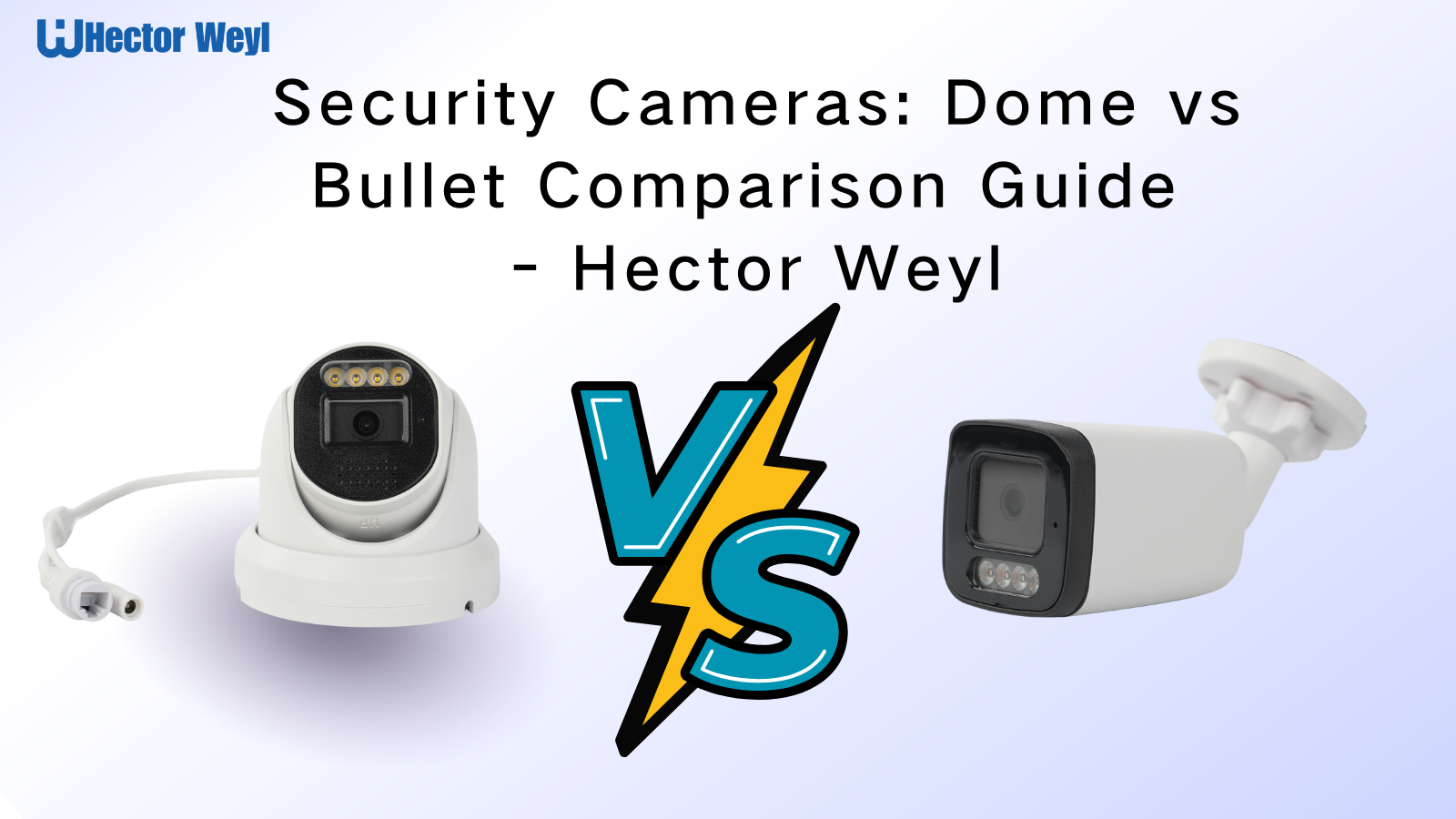
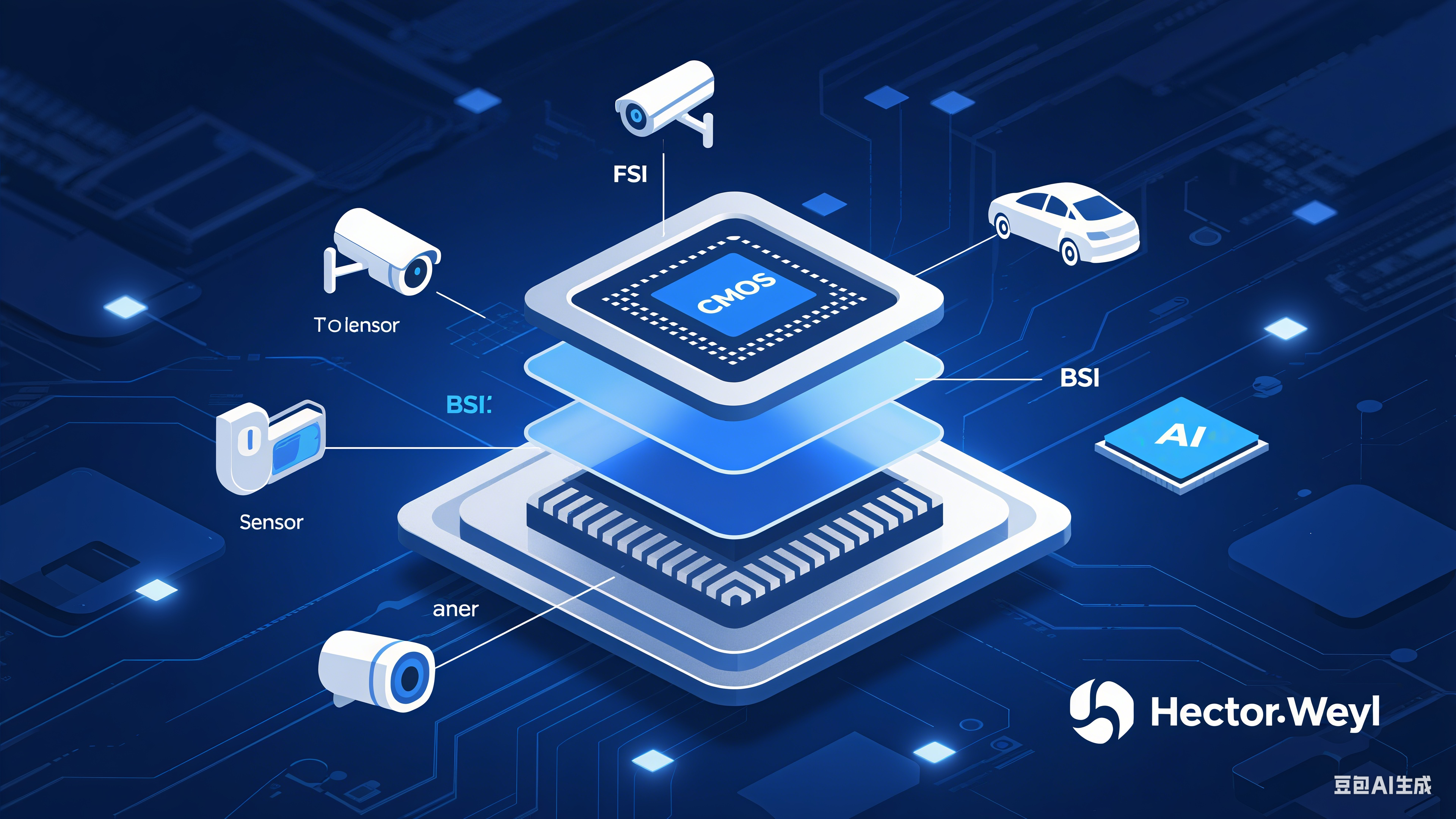
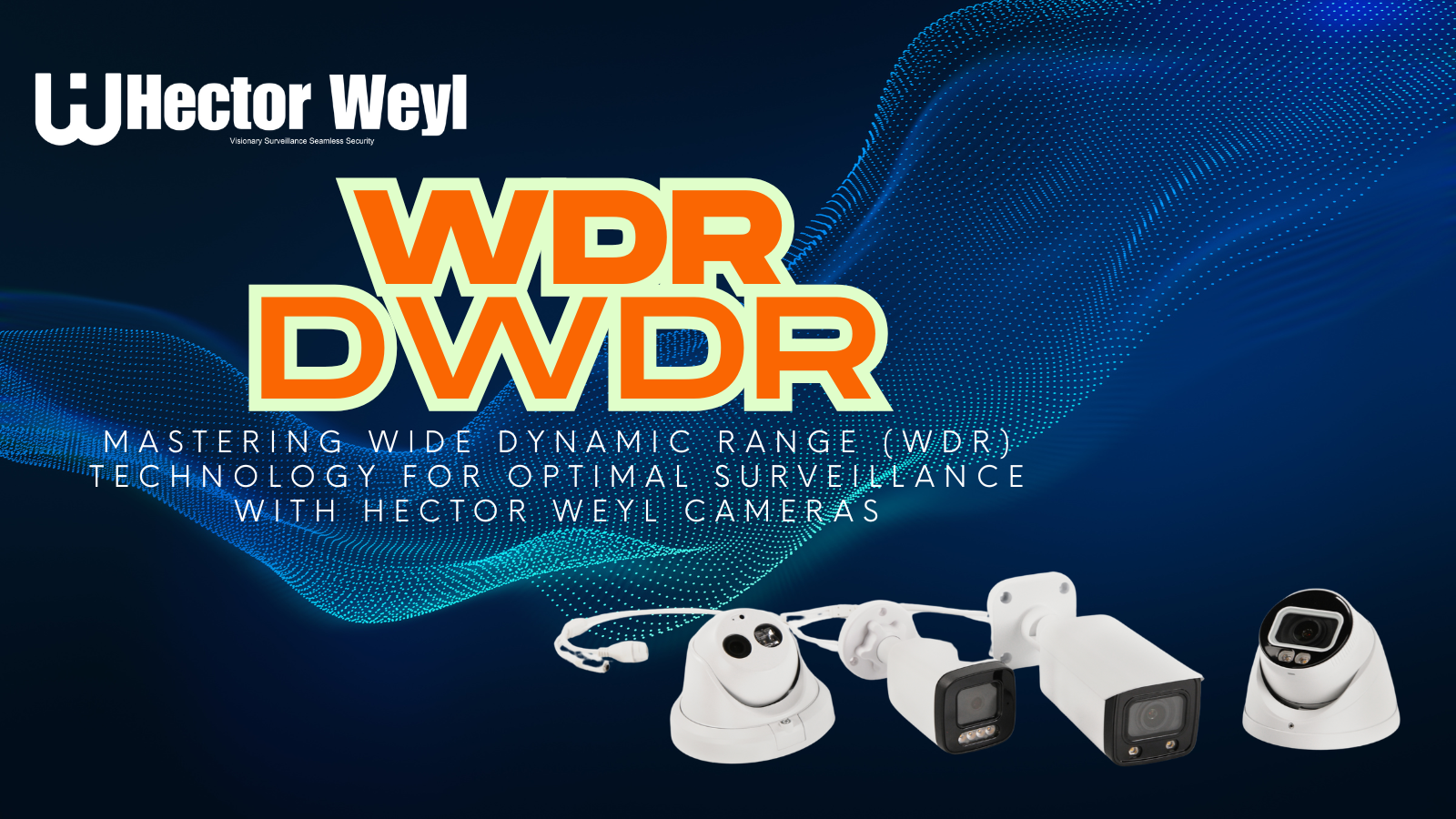
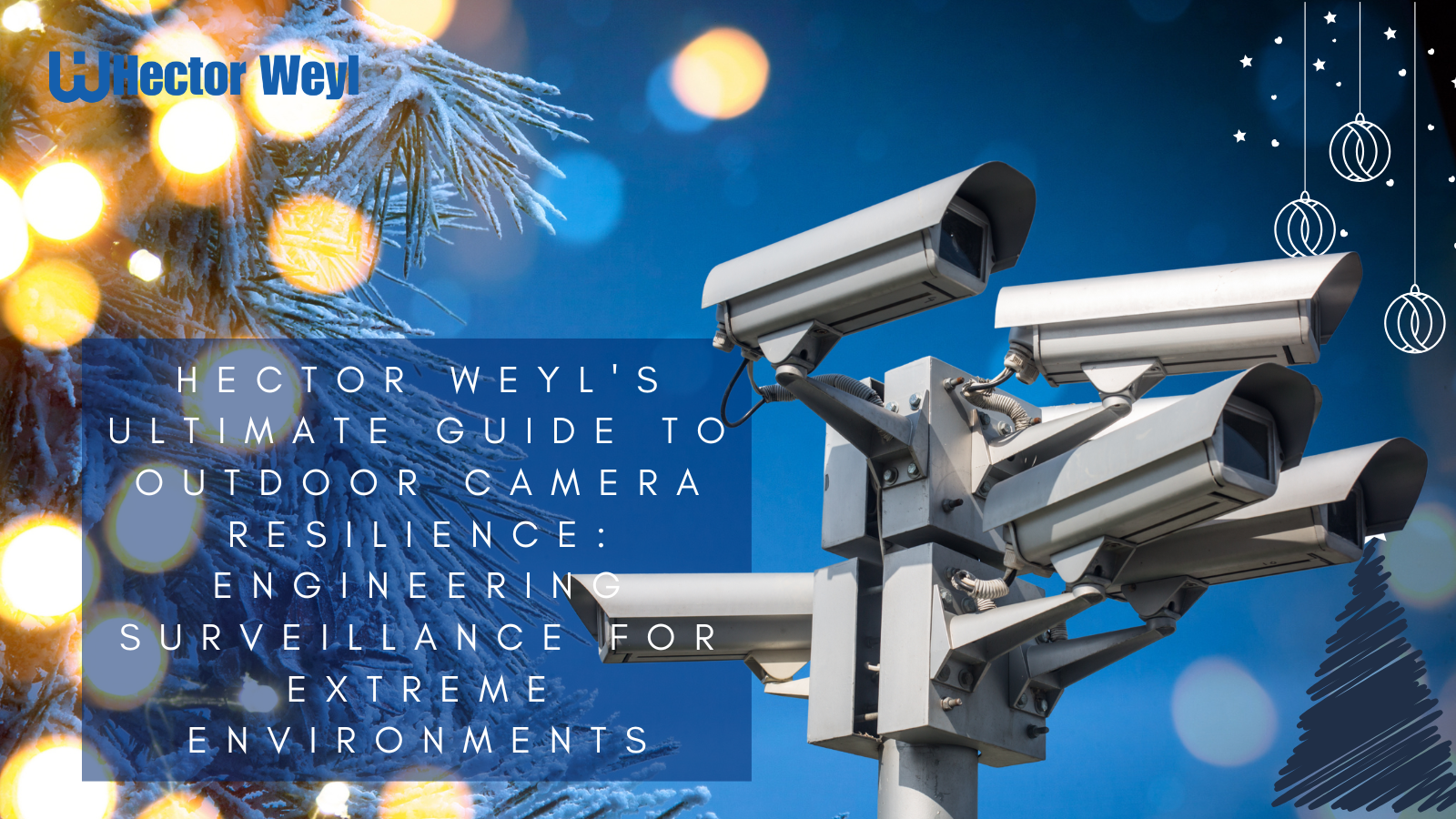
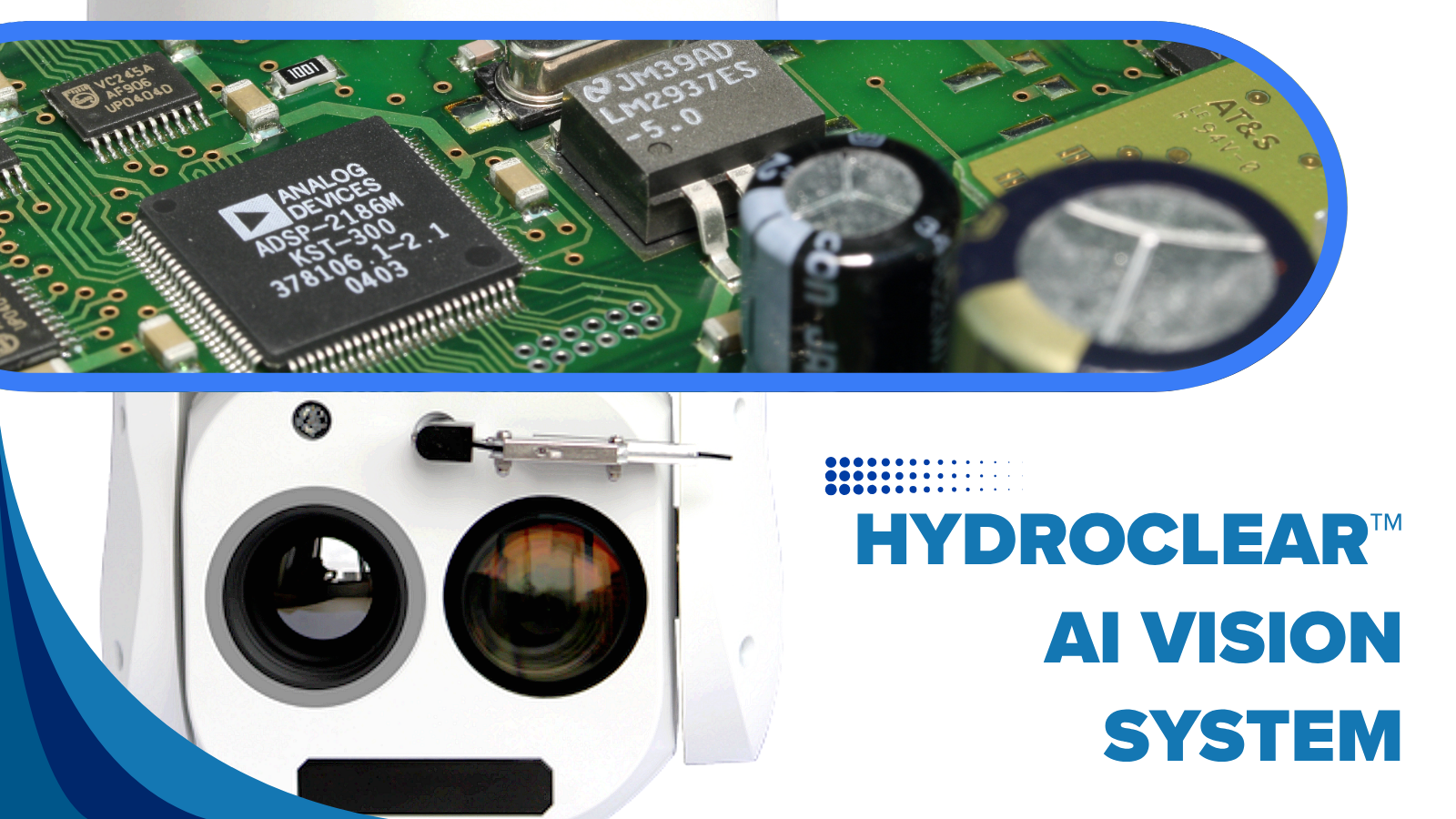

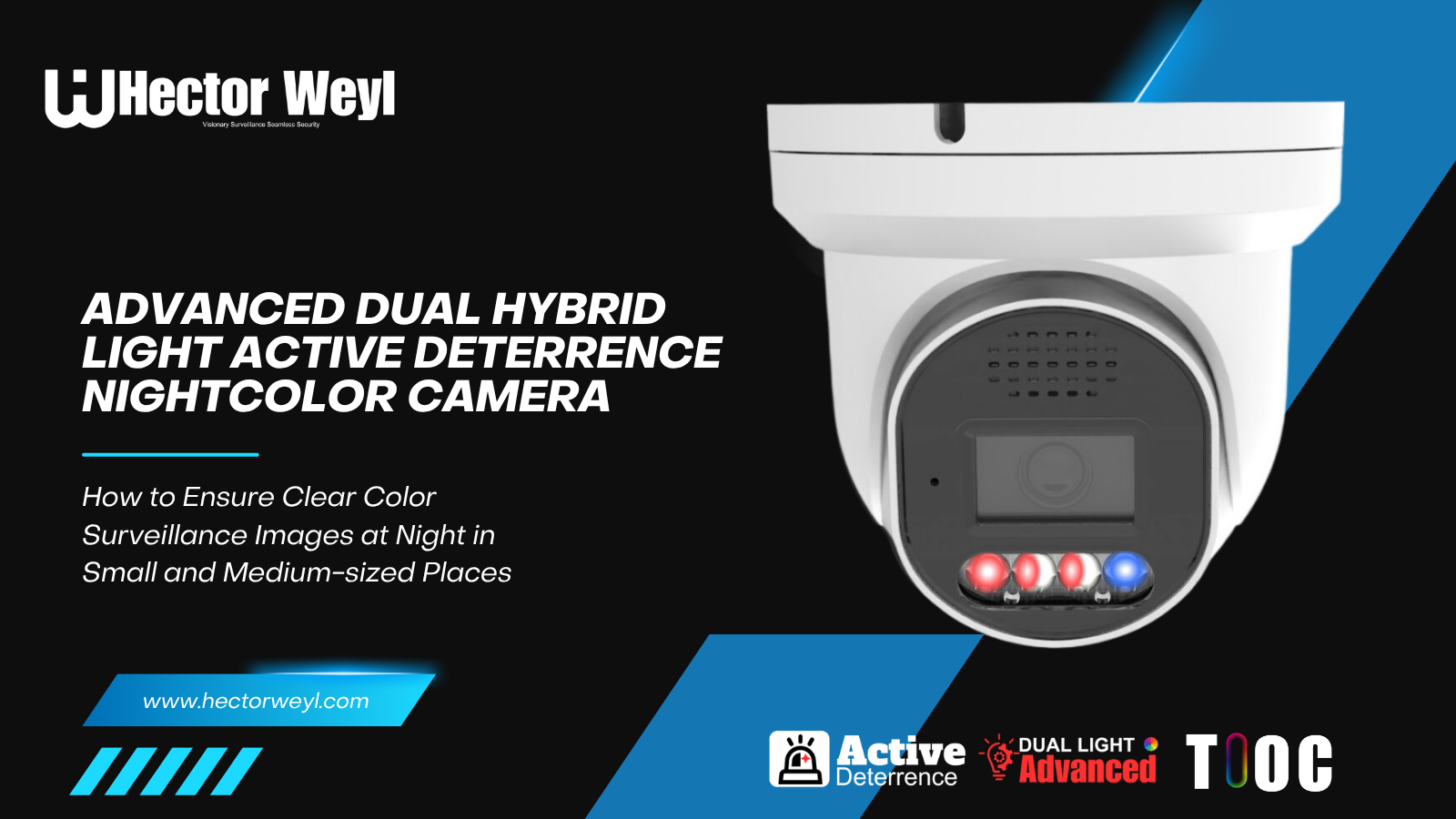
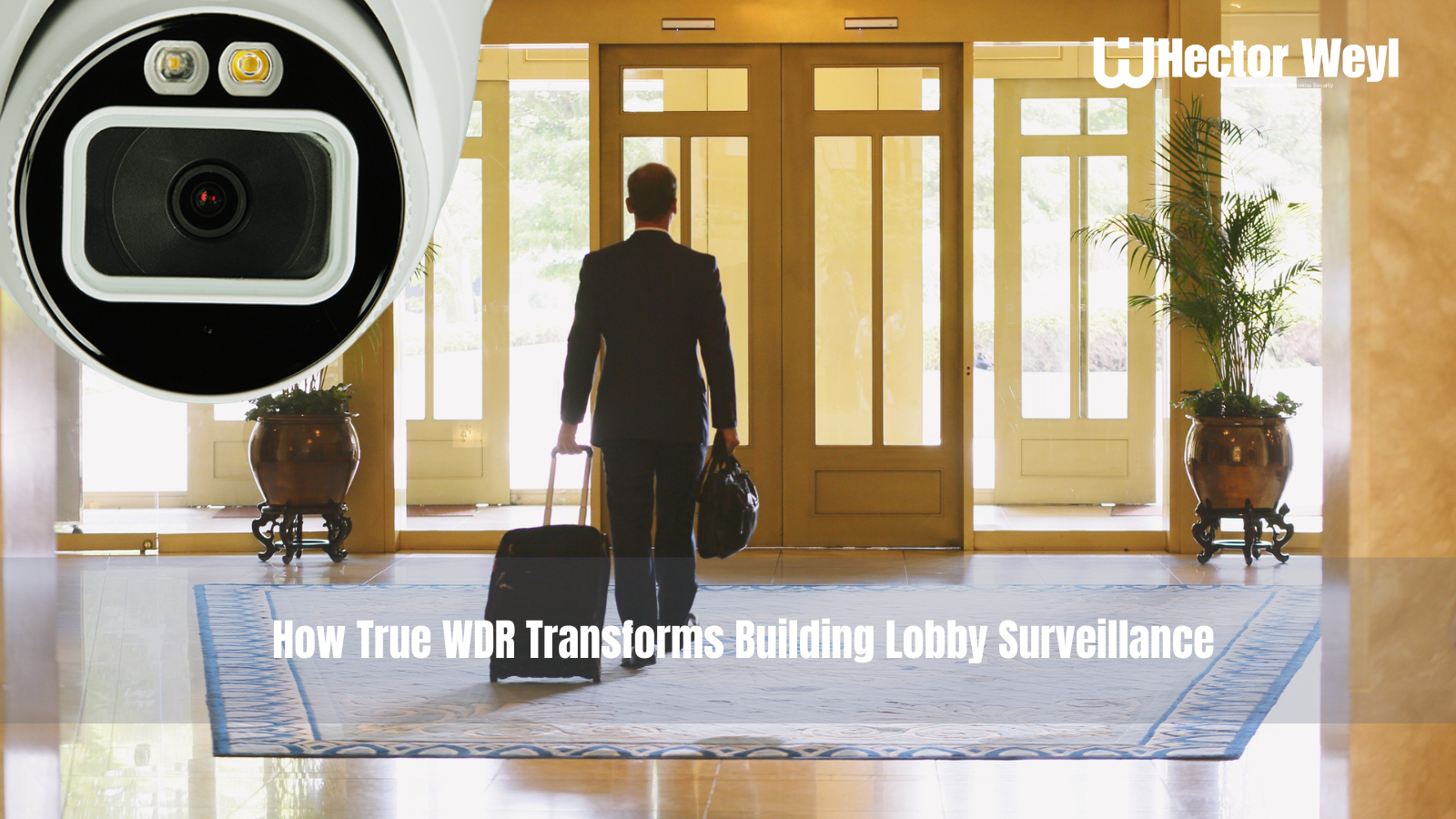
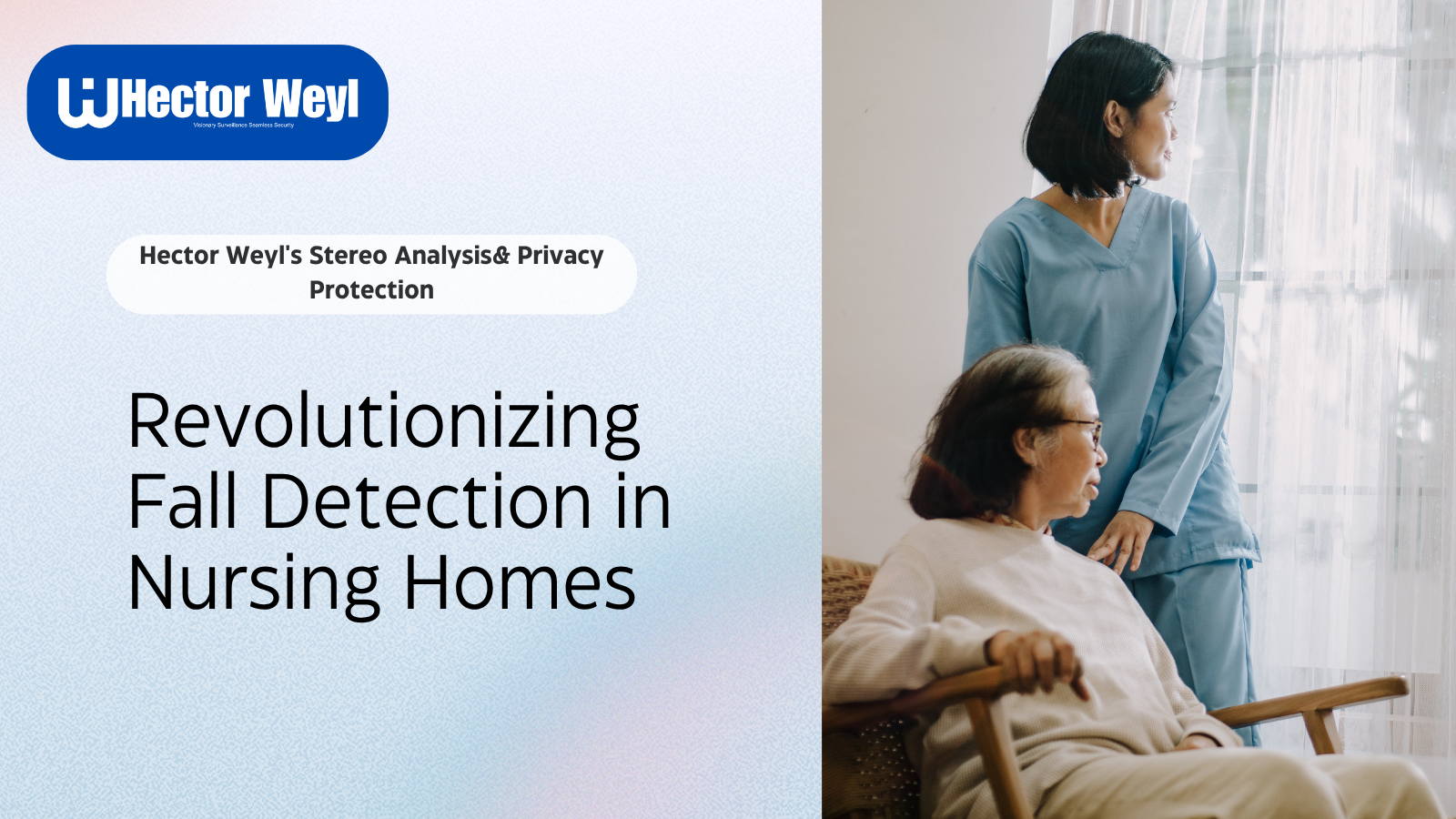
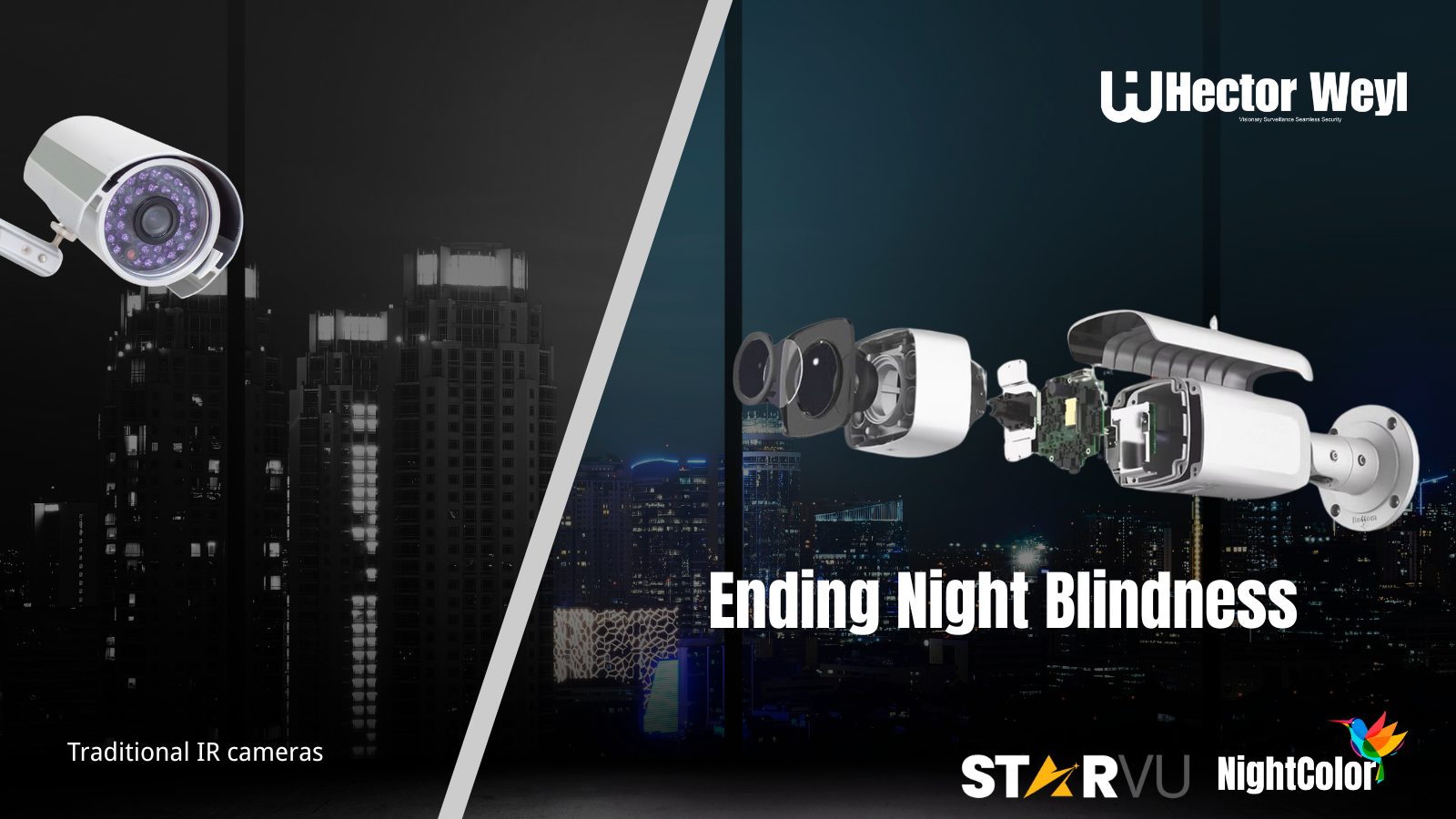

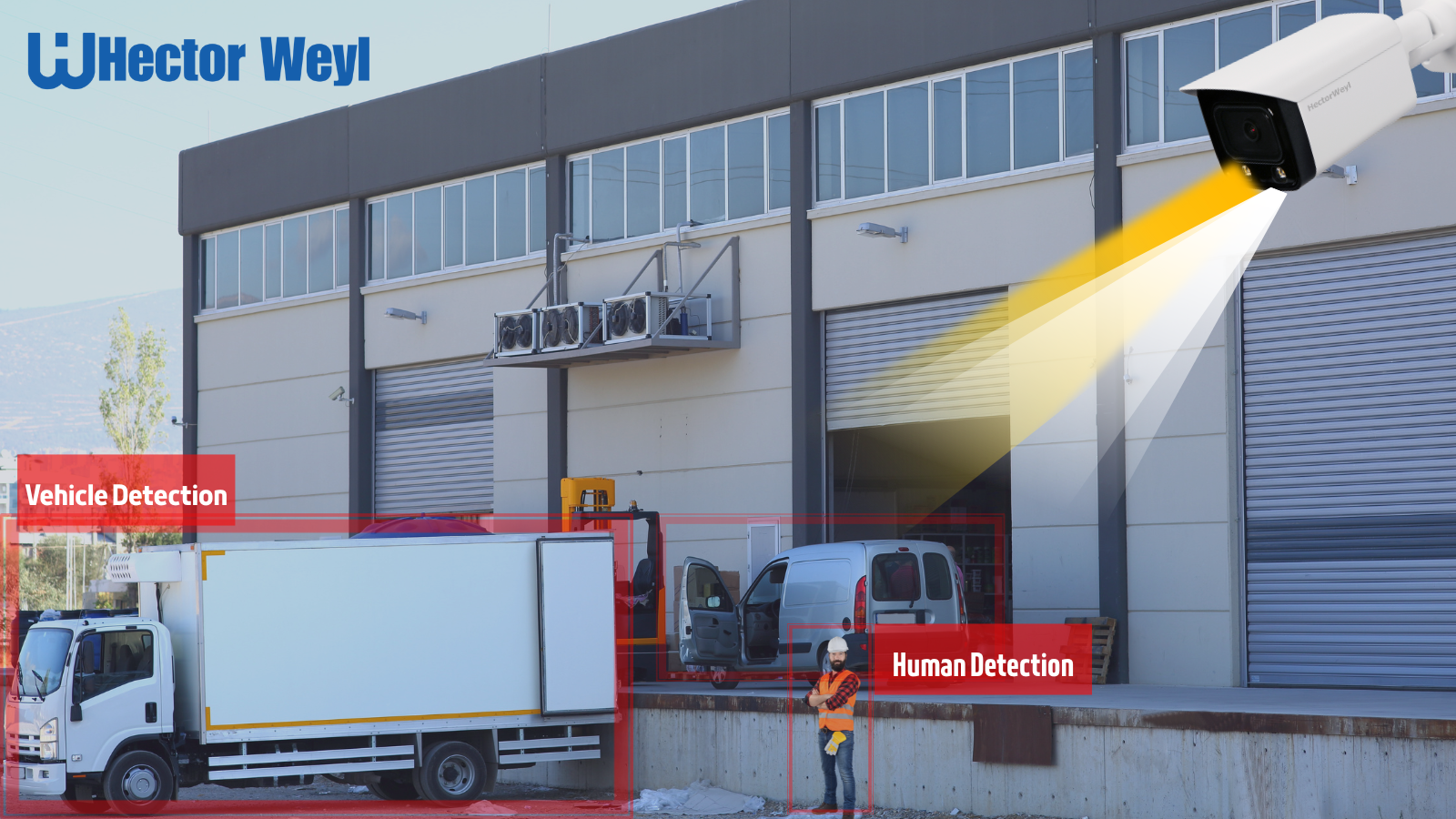
Share:
Hector Weyl's Ultimate Guide to Outdoor Camera Resilience: Engineering Surveillance for Extreme Environments
Mastering Wide Dynamic Range (WDR) Technology for Optimal Surveillance with Hector Weyl Cameras